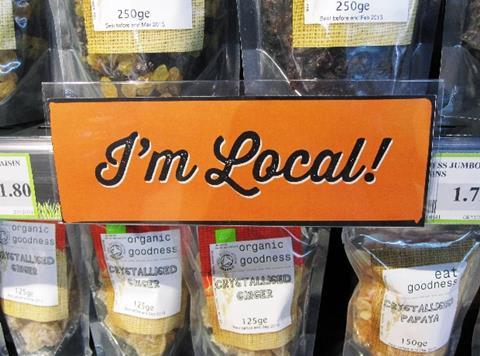
The retail landscape is going through a period of unprecedented change, with Covid-19 spurring the worst decline of Britain’s high streets on record. In fact, according to data by Local Data Company, over 17,500 shops closed in 2020, with the shift towards online shopping accelerating as a result. While most food and drink retailers were fortunate to be granted essential status, the overall market declined by 12 per cent in 2020, predominantly driven by Government lockdowns and the closing of the eat-out sector.
Despite this, however, we’ve also seen an increasing number of consumers choosing to support local and independent businesses – brought about by a sense of community that has surged during the pandemic. Data from Tyl by Natwest revealed that UK consumers spent over an estimated £7.2bn supporting independent business in 2020, with local initiatives such as vegetable boxes thriving. For example, in March and April 2020, over 500 British veg box providers delivered 3.5 million boxes of fresh produce to homes – more than double their usual sale.
But what exactly do consumers expect of businesses operating within the food and drink sector in the aftermath of Covid? I spoke to a number of experts within the sector to get their thoughts on how these retailers can best engage their physical and online communities moving forwards.
One trend that Irene Ippolito, Marketing Manager at Euro Food Brands – home to household names Barilla Pasta, Illy Coffee and Natures Path Cereals, has noticed is that customers were much more engaged with brands during the pandemic, with many investing additional time into understanding how and where their products were made.
“The focus on local produce really grew during this period and also lends itself to the conversation around sustainability because people are much more interested in purchasing products with lower mileage. Rather than buying things in bulk, we have seen almost a return to what the high street used to be, people going out to buy their butter – for example – or visit their local greengrocer.”
And this increased morality looks likely to continue, especially with the pandemic giving rise to a new pool of home cooks that will continue experimenting with cooking in some capacity or another moving forwards. As this suggests, another way in which food and drink retailers can really connect with their communities is by supporting causes and initiatives that are important to them, for example by signing up to food waste schemes such as the ‘Too good to go’ app. This allows physical food and drink retailers to sell surplus food, for half price, with consumers expected to pick up their food in-store within a certain time frame.
Technology will of course play a major role in the evolution of the retail experience, with innovations such as the US-founded BreadBot likely to become more commonplace. BreadBot is a fully automated bread-making machine which allows consumers to see exactly how their loaves are made in-store – again supporting this need for greater transparency and trust between brand and consumer.
It’s important that retailers also listen to their customers and reflect their changing preferences and habits. This may also mean rethinking how they have traditionally used their retail space. Ciara Larkin, Consultant in Semiotics at cultural insights and strategy company, CrowdDNA, agrees that the retail sector post-pandemic will likely be a hybrid environment.
“Now things are opening up, we’re seeing this balance emerging between consumers being globally connected but much more attuned to supporting local businesses, high streets and shopping centres. To capitalise on this, brands need to be thinking about how they can become focal points of their communities. In terms of the future of the retail experience, I think we’ll see something which is a bit more modular, for example we’ll see spaces that are used for revolving displays of local businesses in the same way that we’ve been seeing pop up shops in shopping centres.”
Irene agrees that, moving forwards, Euro Food Brands is likely going to be engaging with customers across channels.
“Once the panic buying was over, we had the time to step back and think about how we are actually going to have to interact with consumers in a very different way. We’re seeing the integrated omni-channel building even more than before, where online, in-store and social media are completely interwoven together.”
Food and drink retail is changing, but one thing that is clear is that the brands which continue to engage with their customers and really take on board what they’ve learned over the past 18 months will be successful.





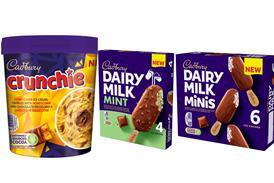
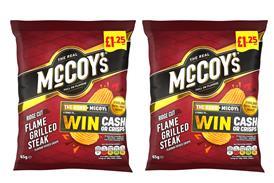

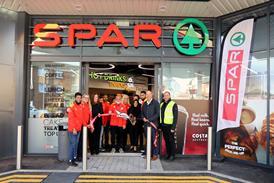










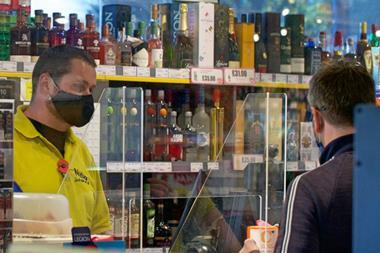
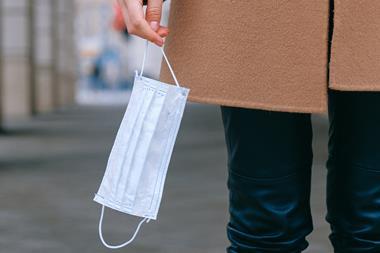

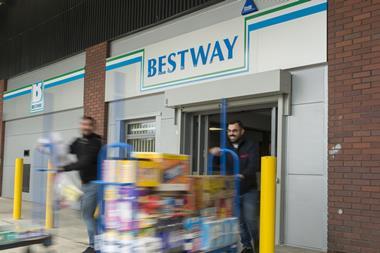
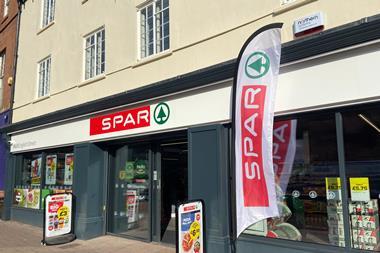
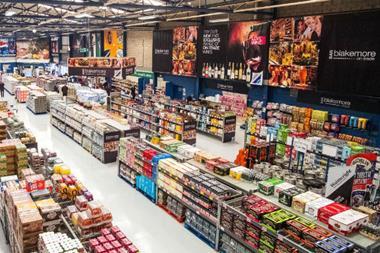



No comments yet